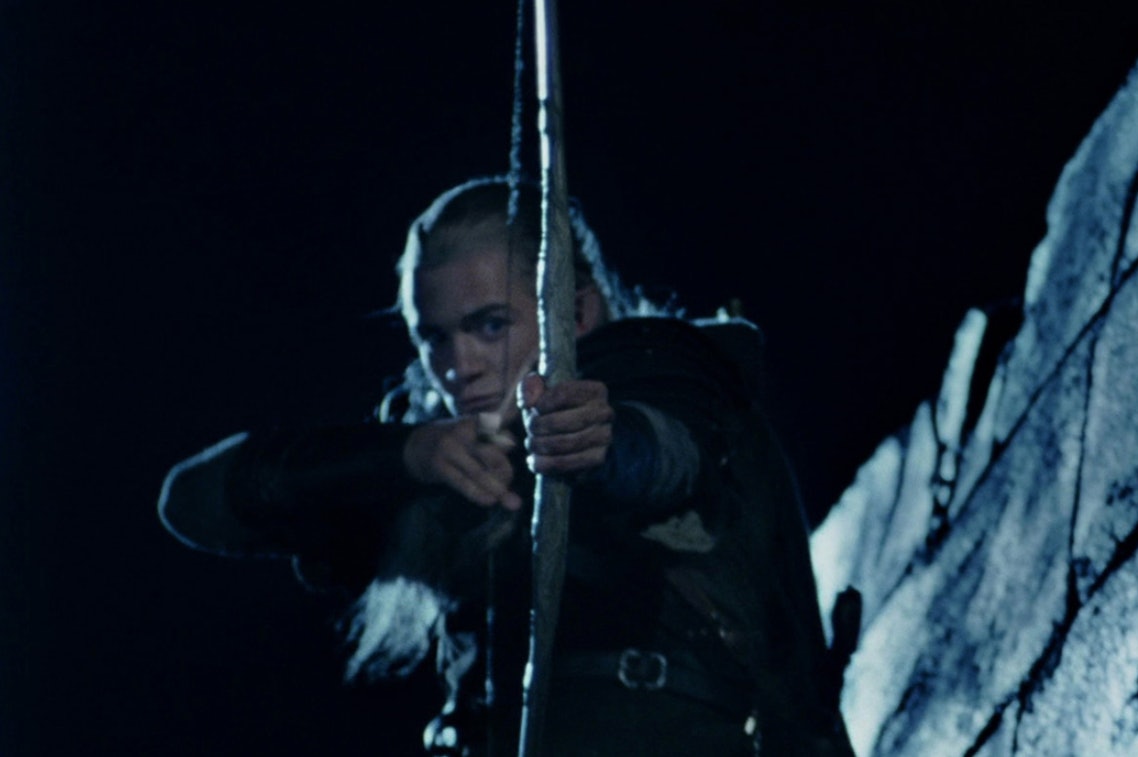
Thirty minutes outside of New Zealand’s capital city of Wellington, Dry Creek Quarry isn’t where most people would think the fate of Middle-earth would be decided.
But it was here that, for 120 days, the cast and crew of Lord of the Rings: The Two Towers went to hell and back. Zulu meets the Battle of Thermopylae, Helm’s Deep remains the crown jewel of the Oscar-winning trilogy. Faced with a seismic task, logistical challenges, and night shoots in the driving rain, what unfolded was arguably one of the greatest action sequences of all time — and an unbreakable fellowship among the cast and crew.
Two decades after The Two Towers’ release on December 18, 2002, Inverse caught up with Sir Richard Taylor (founder and creative director of Weta), Barrie Osborne (producer), Mark Ordesky (executive producer), John Cavill (director of photography), Bruce Hopkins (the actor who plays Gamling), Liz Mullane (casting director), and Gino Acevedo (prosthetics supervisor) to get their insights and never-before-revealed stories into how they brought The Battle of Helm’s Deep to life.
Preparing for battle

An Oscar-winner for Best Visual Effects, Helm’s Deep represents a perfect mixture of filmmaking techniques old and new. Using a mix of miniatures and a fully-functioning set to bring the fortress of Rohan to life, the castle was built at a quarter scale, with the miniature version used for wider shots. These could also be used as a stage for VFX or blended with footage from the full-scale set.
However, pre-production on Helm’s Deep started years earlier, when Miramax was developing the project.
Richard Taylor: I got involved before there was a script. When Peter [Jackson] and I were conceptualizing the look of Middle-earth, he proposed to build Helm's Deep as a 30-foot scale miniature that was 10 meters wide, 12 meters deep, and 5 meters tall. We ordered 10,000 plastic soldiers of various scales and glued them to sheets of felt paper.
The original idea was for Peter to pre-choreograph the troop movements at Helm's Deep with this miniature. That never happened because the film got busy in pre-production, but we completed the miniature. We then molded the famous Prince’s Bay rock and took it to the workshop to cast the rock faces. That was the first miniature we built, three and a half years before shooting started.
“There were 72 miniatures built for The Lord of the Rings trilogy, there were zero built for The Hobbit trilogy.”
When Miramax dropped the project, they sent a producer to supervise us packing everything we made into boxes. We were instructed to chainsaw the Helm's Deep miniature into container-sized portions and ship it back to the U.S. for storage. We delayed this and at the last minute, Peter found New Line to take on the project and save the miniature.
There were 72 miniatures built for The Lord of the Rings trilogy, there were zero built for The Hobbit trilogy. I’m not suggesting The Hobbit films are worse, but I believe the LOTR films won't date because the textual realities of a real-world setting like Helm’s Deep create the sense you're in Middle-earth. The Uruk-hai at Helm’s Deep were also the first army we designed and built, going through over 30 life-sized head sculpts until we were happy.
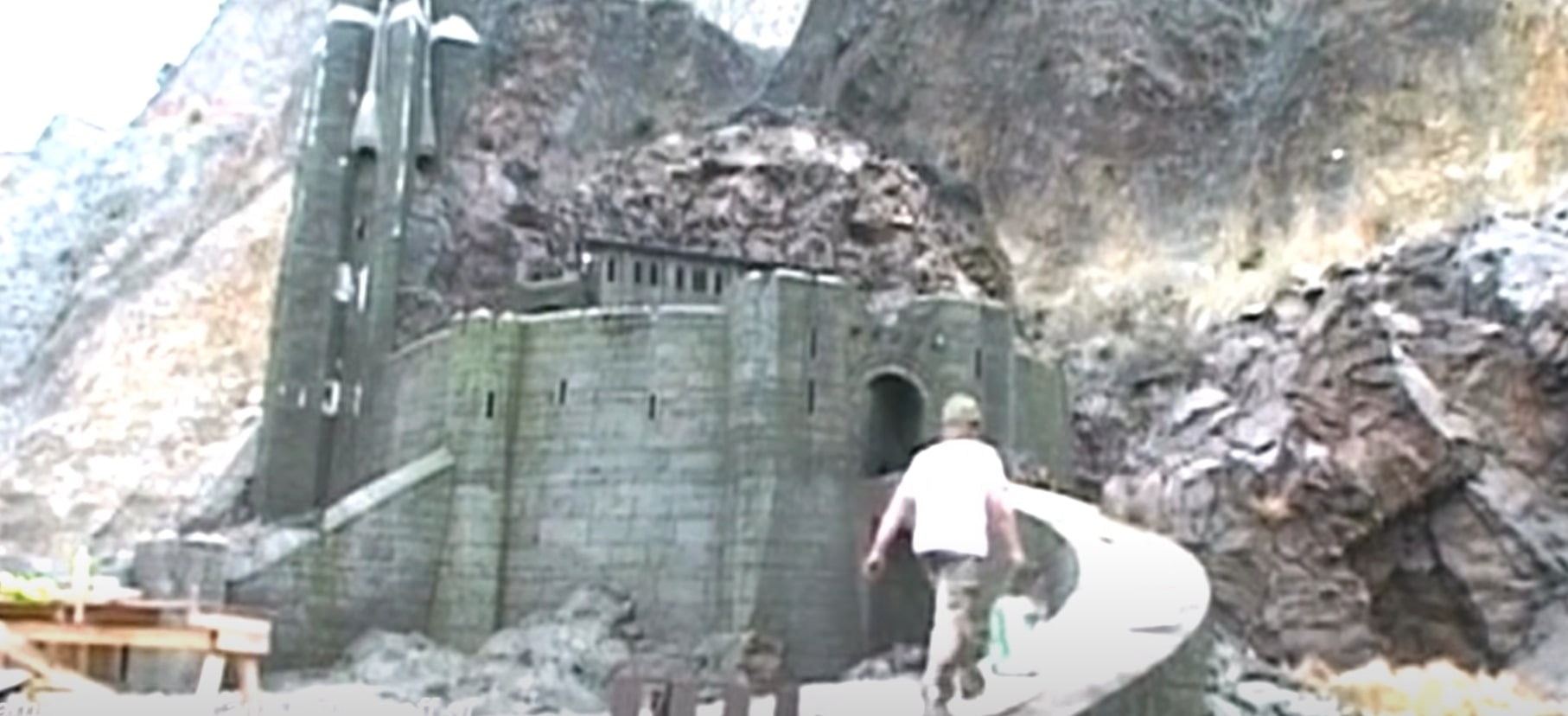
Liz Mullane: There's no way any of us had any idea of its scale. It was bigger than anything we could imagine.
Gino Acevedo: It was amazing to be a part of. We were all new to it and it felt like guerilla filmmaking. There were no egos on set and because we don't really have a union here when compared to LA, it’s an advantage. If I was on set in the U.S., I couldn't plug in my hair dryer without having a union guy present. But on Helm’s Deep, you had camera guys holding hair dryers to dry prosthetics. I helped the camera guys load their equipment onto carts. Whatever it took to get the job done, we all did it.
“They had to knock it down to build Minas Tirith, and it’s also a working quarry.”
Barrie Osborne: The way it worked on Lord of the Rings was we had different units. John Mahaffie’s unit shot a lot of Helm’s Deep, as did Peter Jackson’s unit. Unlike most other films, Peter was happy to have the cast go to these different unit directors for instruction. But for the most dramatic sequences, Peter always directed them.
To accomplish this, I made a deal with Telecom New Zealand to get their satellites, which linked up the cameras between the units, even though they were in different parts of the country. This allowed Peter to see what everyone was shooting. If it was a sensitive thing that he wanted to see, Peter asked us to wait until he was free to look at it on his video monitor. Even though he might not physically be there, he was directing everything. In the case of Helm's Deep, John did a lot of work at night if Peter was filming that day. I think John did 30 of those nights.
We also filmed parts of Helm’s Deep on a stage, some of the closeup work on top of the Deeping Wall, and when they were defending the ramparts. But in that quarry, we had the miniature built into the walls and the proper set. It was a gargantuan task.
Richard Taylor: The art department was so talented. Driving onto the quarry and seeing the set for the first time was brain-warping. For months on end, I only ever saw it at 35th scale. I had to switch my brain from what I thought I knew to what I was actually seeing. It was magnificent.
Gino Acevedo: It would have been amazing to keep that set in the quarry, just like what they’ve done with Hobbiton. However, they had to knock it down to build Minas Tirith, and it’s also a working quarry.
Casting the soldiers
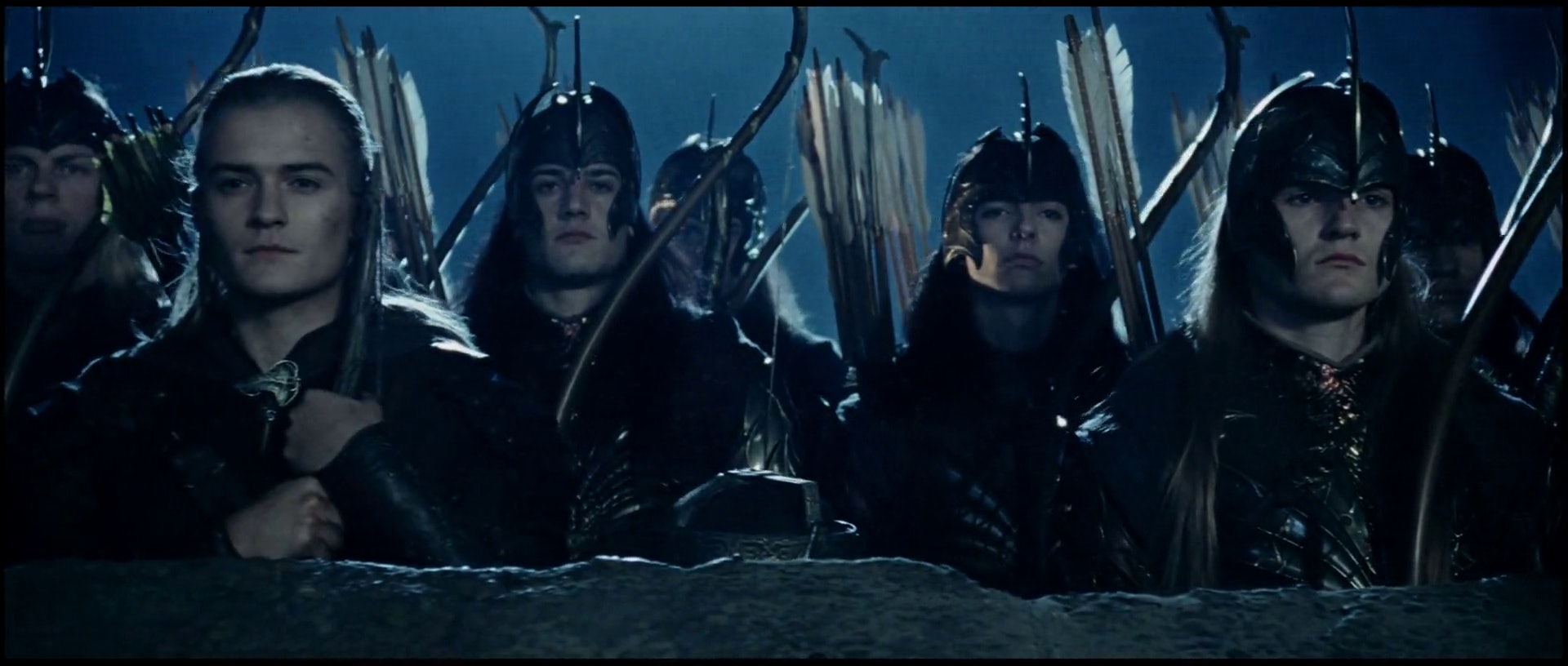
As the forces of Isengard are unleashed, our heroes must lead a disparate band of elves, farmers, farriers, and stable boys to protect the people of Rohan. Facing them over the Deeping Wall was the ferocious force of Saruman’s Uruk-hai.
Casting these two massive armies presented a unique challenge.
Liz Mullane: At one point, I jokingly said, "If you're breathing, you're booked." We needed so many people. The elves were the hardest to find because their costume was very specific. Casting the Rohan was great. We could almost hire anybody and we helped the budget by choosing people with the right hair, which saved money on wigs.
It was harder to get the Rohan on horseback. We disguised a lot of women as men because they needed to be strong horse riders. So a lot of the Rohan soldiers you see in Helm’s Deep are actually women.
The maximum number of Uruk-hai we had for Helm's Deep was 350-400 and roughly the same number of elves. There would be around 1,000 people per night on set, which was buffed up with special effects.

Richard Taylor: Casting the Uruk-hai required a specific body type: tall and broad-chested with big arms and legs. As for the elves, we wanted them to be tall, gangly, and kind of effeminate. For their costume, we tied a cummerbund around their waist, which would be tightened to create a more sensuous and androgynous shape. A young extra called Joe Dunckley had been on set for just a few days and the poor guy nearly fainted because his cummerbund had been tightened so firmly. Joe is now one of our senior staff members at Weta.
Bruce Hopkins: Nine months into the shoot, I gave up any chance of being involved when my agent called and said, “Lord of the Rings need to know if you're available next week!” They developed the role for me because, as any Tolkien fan knows, Gamling is not a major character in the books. I was originally booked for a week of night shoots at Helm's Deep but after three days of filming, [writer] Philippa Boyens was giving Bernard Hill [Theoden] some dialogue. We had a meeting and she said, "We really like the way your character is coming across and how you are with Bernard, so we're going to write you into more scenes." That just kept on going.
Liz Mullane: We had a tiny office on the lot and when we were casting the Rohirrim, I looked out my window as an actor walked past. My brilliant assistant, Cynthia, looked at this actor and said, "Oh my God, he would make the perfect Rohan." I cracked up laughing and I said, “Yes, that's Bernard Hill. He's actually the King of Rohan.”
Filming the battle

An important reason Helm’s Deep continues to amaze is the exceptional cinematography on display, shaped by Andrew Lesnie and his team. Emulating the moonlight, a misty, monochromatic, and blueish backlight showcases the battle. As Game of Thrones fans can attest, lighting a battle sequence at night can be extremely tricky.
Mark Ordesky: There were 120 days of shooting on Helm’s Deep. People have shot entire Star Wars movies in 120 days! It was a huge-scale event, but you’re also punched into intimate character transformations and arcs. Theoden is the best case of this. Major stuff is happening for him and showing this was a deliberate decision during the editorial process. It’s not enough to craft a strategic and exciting battle. Showing the human stakes was crucial.
Barrie Osborne: Peter wanted Helm’s Deep to feel like it was rooted in history. He said, “Tolkien wrote with such detail in his novels. They're our history books and we should all be familiar with them for any sequence we're doing.” We followed Tolkien's work as closely as we could. Of course, dramatic licenses were taken but they were necessary to make the story flow.
Richard Taylor: Peter had the great insight to hire Bill Taylor and Syd Dutton, their company did matte paintings and in-camera practical effects. Each morning in pre-production, Bill, [storyboard artist] Christian Rivers, Peter, the producer, and I would meet at 7:30 a.m. for three hours, breaking down the script. Christian storyboarded and we color-coded his work to see what shots would be practical, constructed, digital, in-camera, etc. That was incredibly valuable for all of us.
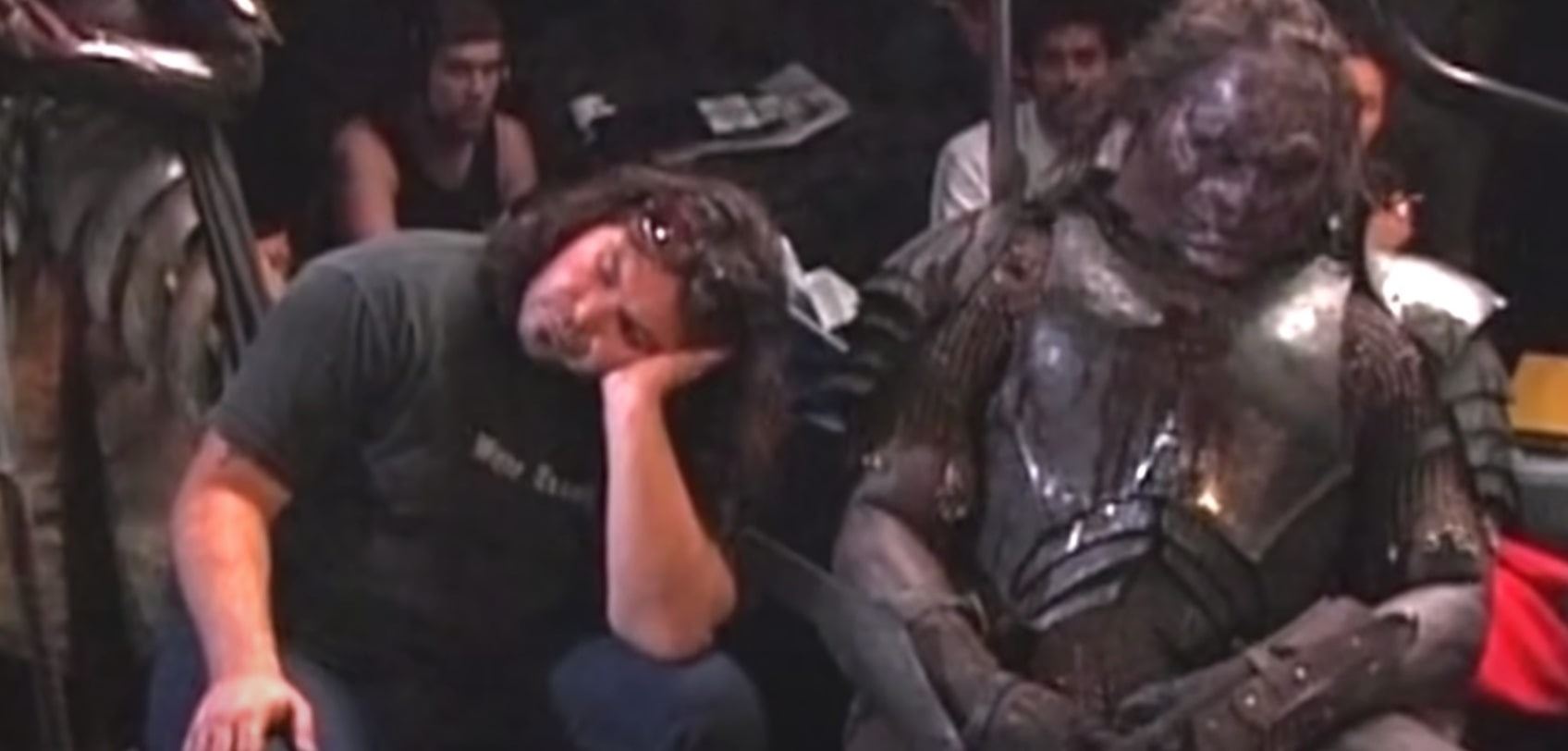
John Cavill: Helm’s Deep was very structured. John Mahaffie was the unit director and we had a clear brief on what we had to achieve, based on Peter’s instructions. We were looking at dailies every day, reviewing the work with Peter, and getting direction on what might have gone wrong and how to fix it.
My unit spent three months in the quarry, which was the biggest challenge of my career. It’s still the longest night shoot that has ever been undertaken in New Zealand. By the time we finished Helm's Deep, my unit shot a million feet of film.
The visuals of how the battle should look were also guided by Andrew Lesnie. He was such a wonderful man, a brilliant communicator, and a very good friend. He's dearly missed.
We used a swooping 120-foot crane that was mounted on 40-foot containers. This allowed us to use a 160-foot crane shot for the Deeping Wall. We had to plan everything.
Bruce Hopkins: As an actor, most of my work was filmed in long shots with very few close-ups. The cameras were usually located on huge dollies and never in your face. This means you can play the scenes very naturally and move around the space.

Gino Acevedo: We always kept realism in mind, but from an effects standpoint, rain is a nightmare, especially when dealing with foam latex and foam rubber prosthetics. We used these for Legolas’ ears and nose. Because they’re made of gelatin, they look great on camera but the problem is they’re very susceptible to temperature and moisture. I'll never forget a scene Orlando [Bloom] was doing. One of the Uruk-hai soldiers comes up to him and says, "Bro, there's something wrong with your ear." Orlando’s ear was hanging off with this globular mess dripping down his face!
John Cavill: On wide shots, we used two cameras with a third camera getting into the more intimate areas to provide closer details. The logistics of moving the lighting machinery around this unstable quarry floor was tough and a huge task. We had 275 kilowatts of lighting equipment on cranes and hydraulic machines. That's before you consider the lighting that’s already around each individual camera. There was enough power to run a small town.
“Peter and Viggo wanted to create a dramatic moment in the battle that was different and cool.”
Richard Taylor: Every night, Gino and I watched the rushes of the day's work. We were always looking for mistakes in our work to improve it. You're also witnessing the extraordinary beauty of the lighting that was achieved in making the scene. The DOPs always instructed gaffers to light prosthetics in a very specific way, which was crucial.
We even had an animatronic puppet at Helm’s Deep. The Uruk-hai you see when they’re yelling and banging their shields was one of the first things we ever built. It sat on the shelf for years. On the night we were filming in the quarry, Peter said to me, "Isn't it fantastic? I never thought we'd see the day that this would turn up on set."
Barrie Osborne: Peter and Viggo [Mortensen] wanted to create a dramatic moment in the battle that was different and cool. That’s when they came up with the idea of throwing down a shield for Legolas to use as a surfboard. We developed that on the spot with the stunt coordinator. He came up with the rigging and we made it work.
Bruce Hopkins: When the elves marched in to help save the day, one of the main stunt guys coached all the elves to march in tempo. When we recorded that scene, they started marching and you could hear their feet stomping in sequence. It still gives me chills thinking about it.
Mark Ordesky: Toward the end of the editing process, we received a studio note. It said, "Wouldn't it be great if there was some kind of punctuation among the key characters to mark the end of the battle?"
I relayed it to Peter and he said, "Oh yeah, we already shot that.” He then pulled up this sequence that I didn’t even remember and I watched all the dailies. Peter shows me that great sequence where our heroes are on top of the hill and they're looking at Mordor in the distance. Gandalf says the iconic line, "The battle of Helm's Deep is over, the battle for Middle-earth is about to begin." Even when the studio came up with a note that they thought was great, Peter anticipated it. He remembered every single frame that was shot.
Battling the rain, night, and injuries
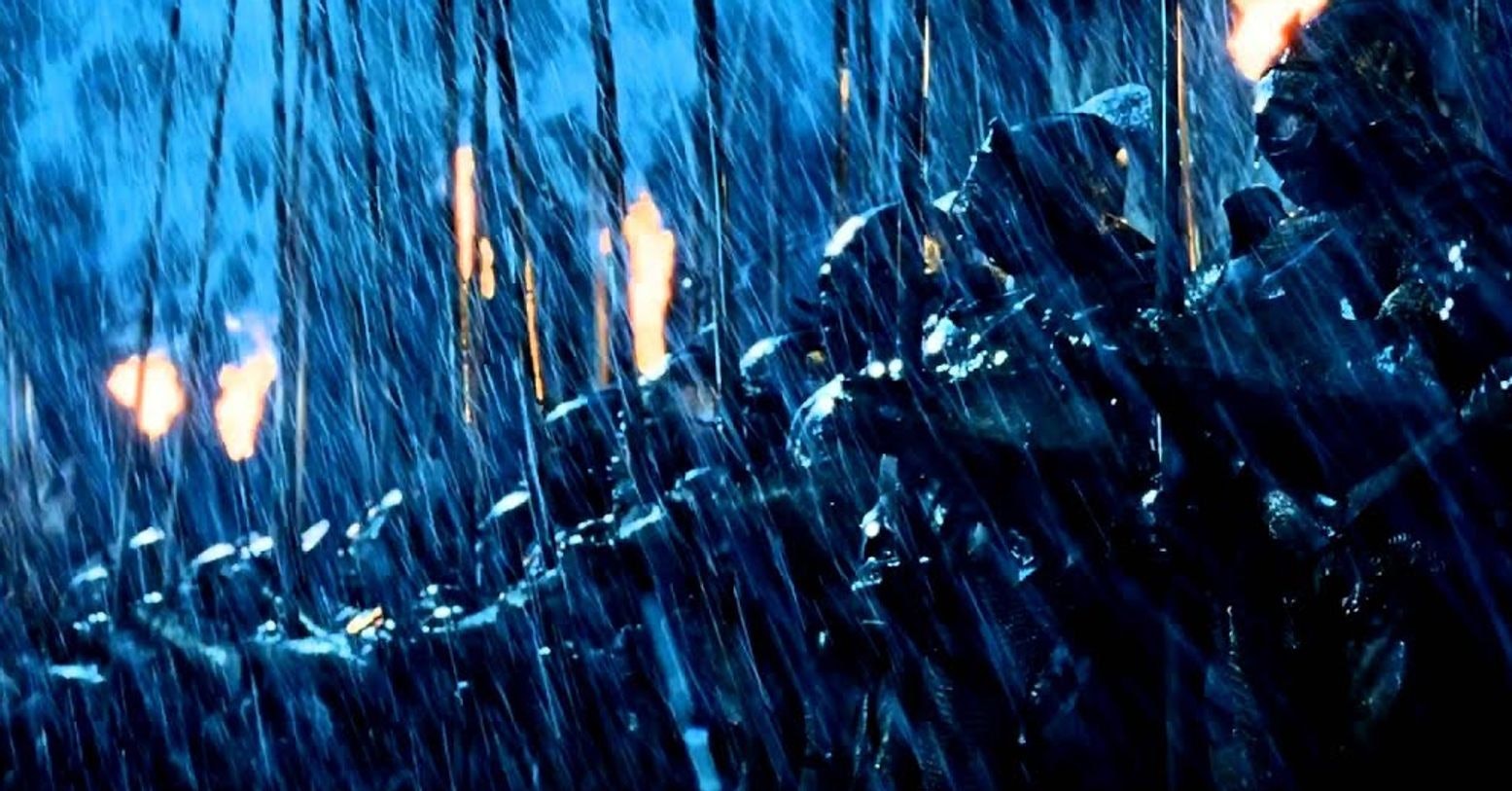
For those on set, the continuous night shoots in the rain pushed them beyond their limits but also created a strong bond. However, as to be expected given the physical work involved, injuries were a regular occurrence.
Mark Ordesky: Those guys were living a vampire life for three months. It was all night shoots in this cold, wet, and rainy quarry.
Liz Mullane: I recall Liv Tyler at one point getting quite frustrated because the set for Helm’s Deep was so hard to walk on. She looked at the first AD and said, "Why are all these rocks here?" He just looked at her with this beautifully-dry Kiwi look and said, "It's a quarry, love."
John Cavill: I think we were four weeks under rain towers. We arrived at work and got dressed into wet gear that was still drenched from the night before. Then you start the night's work under the rain towers, which was unbelievably grueling and hard on the crew. It was interesting to watch what happens to the crew dynamic as we got deeper into those three months of night shoots. It was really tough and it affected people.
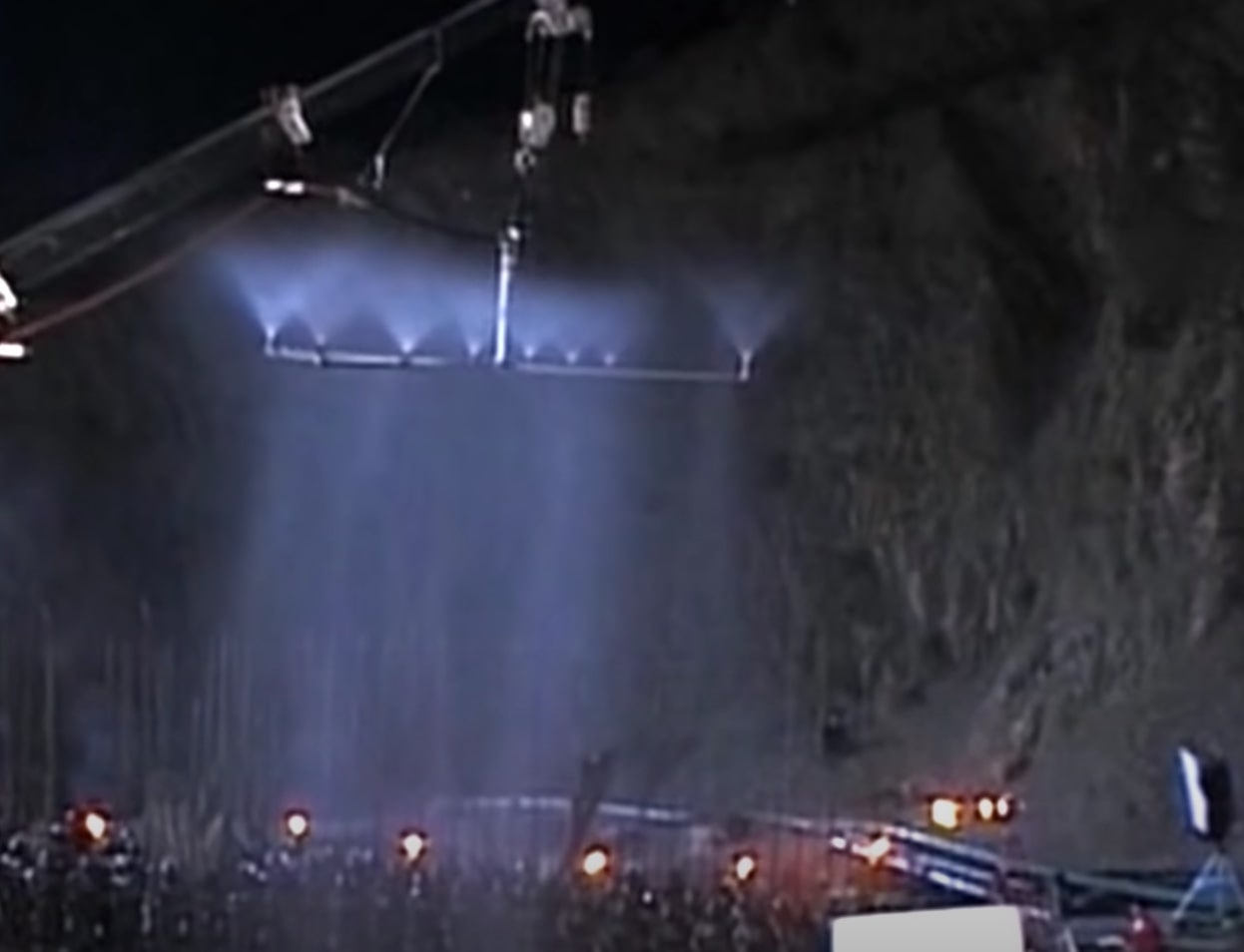
Barrie Osborne: Viggo's tooth was broken during the battle. The stunt guys had a choreographed sequence and Viggo wasn't ready. He got smacked in the mouth and broke his tooth but unlike most actors, he didn't say, “Call my agent!”
He searched through the muck, found his tooth, put it in his pocket, and kept going. After finishing, we got him to Peter's dentist for an emergency repair but he came straight back to work. That’s a sign of Viggo's character. He was totally dedicated to playing Aragorn, he even wanted to mend his own costume when it needed repairs. He also wanted to travel to the South Island on his own, rather than use the transportation provided. Instead of staying in hotels, he camped on his own with his sword and fishing rod.

Richard Taylor: I don't have any bad memories of Helm's Deep and that seems contradictory because people started calling it Hell’s Deep! I even have the “I survived Helm’s Deep/Hell’s Deep” T-shirt! Because of how hard it was, there was an incredible camaraderie on set, especially among the Uruk-hai extras who wore bulky armor and were mostly Polynesian due to their size. They brought guitars on set and sang when they were sitting in tents, soaked to the bone but happy. At times, you could see their breath in the air because it was so cold.
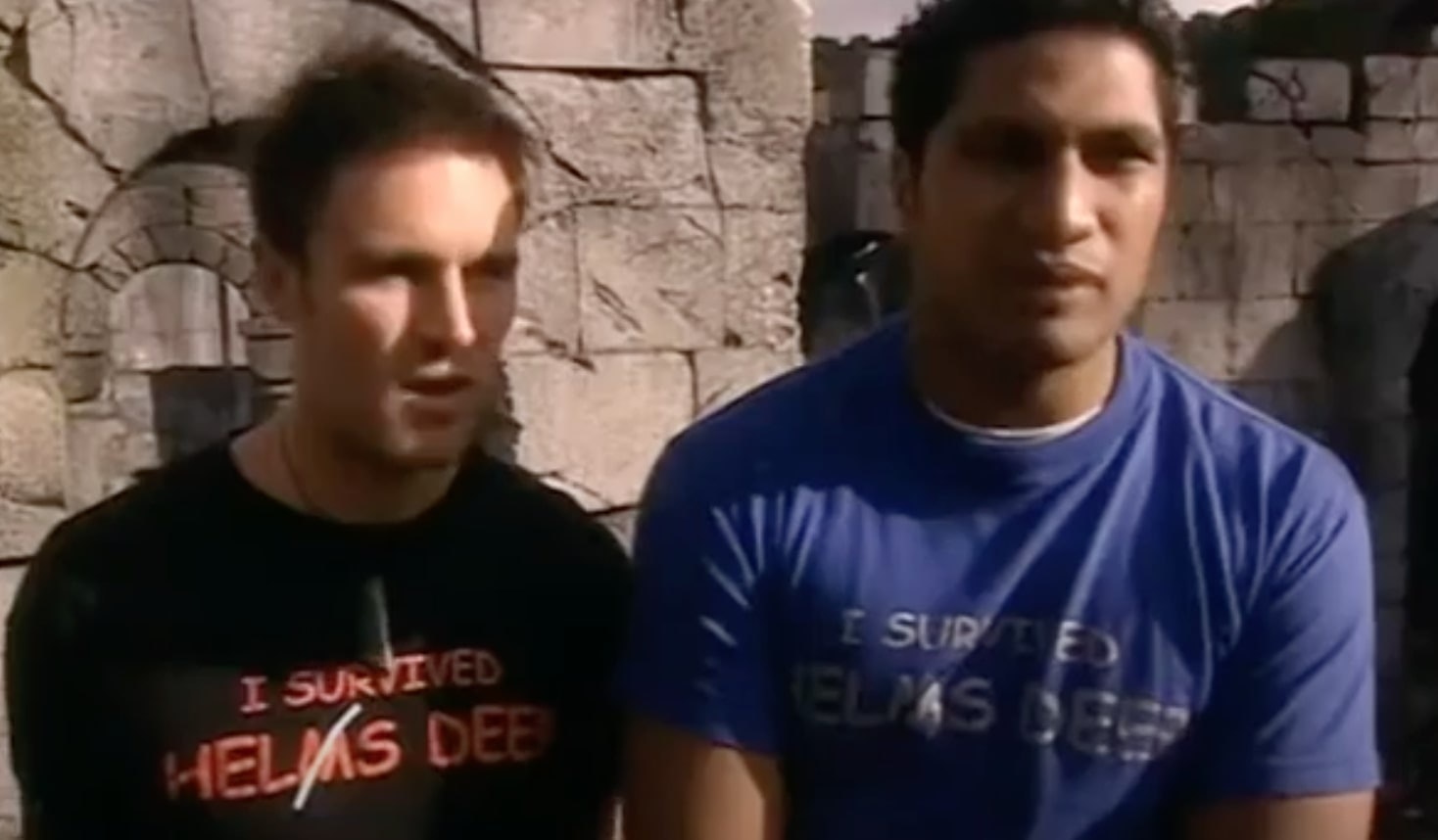
John Cavill: Having a beer at the end of the night shoots while sitting back on the Deeping Wall and looking out over the quarry at sunrise was incredible. We weren’t just a crew on Helm’s Deep, there was a real camaraderie forged through hardship. There was no big wrap party for Helm’s Deep, but there were a few beers shared as the sun rose.
Richard Taylor: We did the absolute maximum on Helm’s Deep — that’s an important lesson for any young filmmaker. You never get another go at it. If you don’t strive to do the absolute maximum that you can to make something as good as it can be, you're never going to get another go at it. All filmmaking is a compromise. You pursue perfection, but you might have to settle for excellence.







